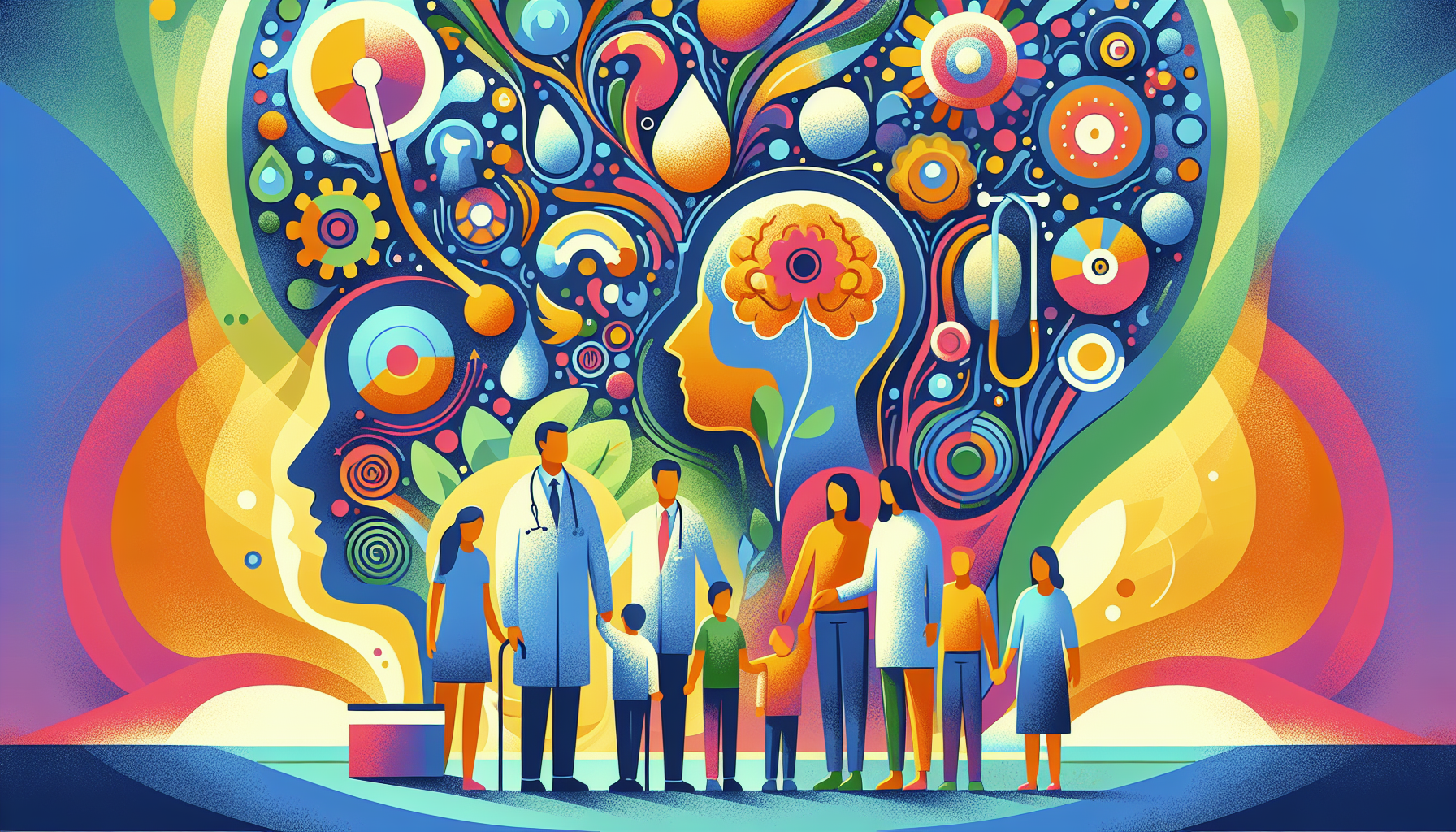Can I Take Zepbound a Day Early?
Key TakeawaysZepbound is a once-weekly injectable medication for weight management and obstructive sleep apnea (OSA) linked to obesity.Taking Zepbound a day early is [...]
Read MoreChiari malformations are structural defects in the cerebellum, the part of the brain responsible for balance and coordination. While some people with this condition may not experience any symptoms, others may encounter various neurological issues. In this article, we'll explore the symptoms, types, causes, and treatment options for Chiari malformations.

The symptoms of Chiari malformations can vary from person to person. Some common symptoms include:
Dizziness
Muscle weakness
Numbness
Vision problems
Headaches
Balance and coordination issues
There are four main types of Chiari malformations:
Type I is the most common form of Chiari malformation in children. It involves the extension of the lower part of the cerebellum into the foramen magnum, an opening at the base of the skull. This is the only type that can be acquired later in life.
Also known as "classic" Chiari malformation or Arnold-Chiari malformation, Type II is usually seen in children born with spina bifida. In this type, both the cerebellum and brain stem extend into the foramen magnum.
Type III is the most serious form of Chiari malformation, involving the protrusion of the cerebellum and brain stem through the foramen magnum and into the spinal cord. This rare type can cause severe neurological defects.
Type IV involves an incomplete or undeveloped cerebellum and is sometimes associated with exposed parts of the skull and spinal cord. This type is also rare.
Chiari malformations are typically caused by structural defects in the brain and spinal cord that develop during fetal development. These defects may occur due to genetic mutations or a maternal diet lacking certain nutrients. In rare cases, Chiari malformations can be acquired later in life due to injury, infection, or exposure to toxic substances.
Treatment for Chiari malformations depends on the severity of the condition and the presence of symptoms. If the malformation does not cause any symptoms or interfere with daily activities, no treatment may be necessary. In other cases, medications can help manage symptoms such as pain.
Surgery is the only treatment that can correct functional defects or stop the progression of damage to the central nervous system. The goals of surgery are to relieve pressure on the brain and spinal cord and re-establish normal fluid circulation. Some common surgical procedures include:
Posterior fossa decompression surgery
Electrocautery
Spinal laminectomy
According to Children's Hospital in Boston, surgery eliminates symptoms in 50% of pediatric cases, substantially reduces symptoms in 45% of cases, and stabilizes symptoms in the remaining 5%.
If you suspect that you or your child may have a Chiari malformation, consult with a healthcare professional for an accurate diagnosis and appropriate treatment plan. For more information on Chiari malformations, visit reputable sources such as the National Institute of Neurological Disorders and Stroke and the Mayo Clinic.
Key TakeawaysZepbound is a once-weekly injectable medication for weight management and obstructive sleep apnea (OSA) linked to obesity.Taking Zepbound a day early is [...]
Read MoreKey TakeawaysZepbound is an FDA-approved medication for chronic weight management in adults with obesity or overweight, and for moderate to severe obstructive sleep apnea [...]
Read MoreKey TakeawaysZepbound is a once-weekly injectable medication that supports weight loss by activating hormone pathways regulating appetite and digestion.After the first dose, [...]
Read More